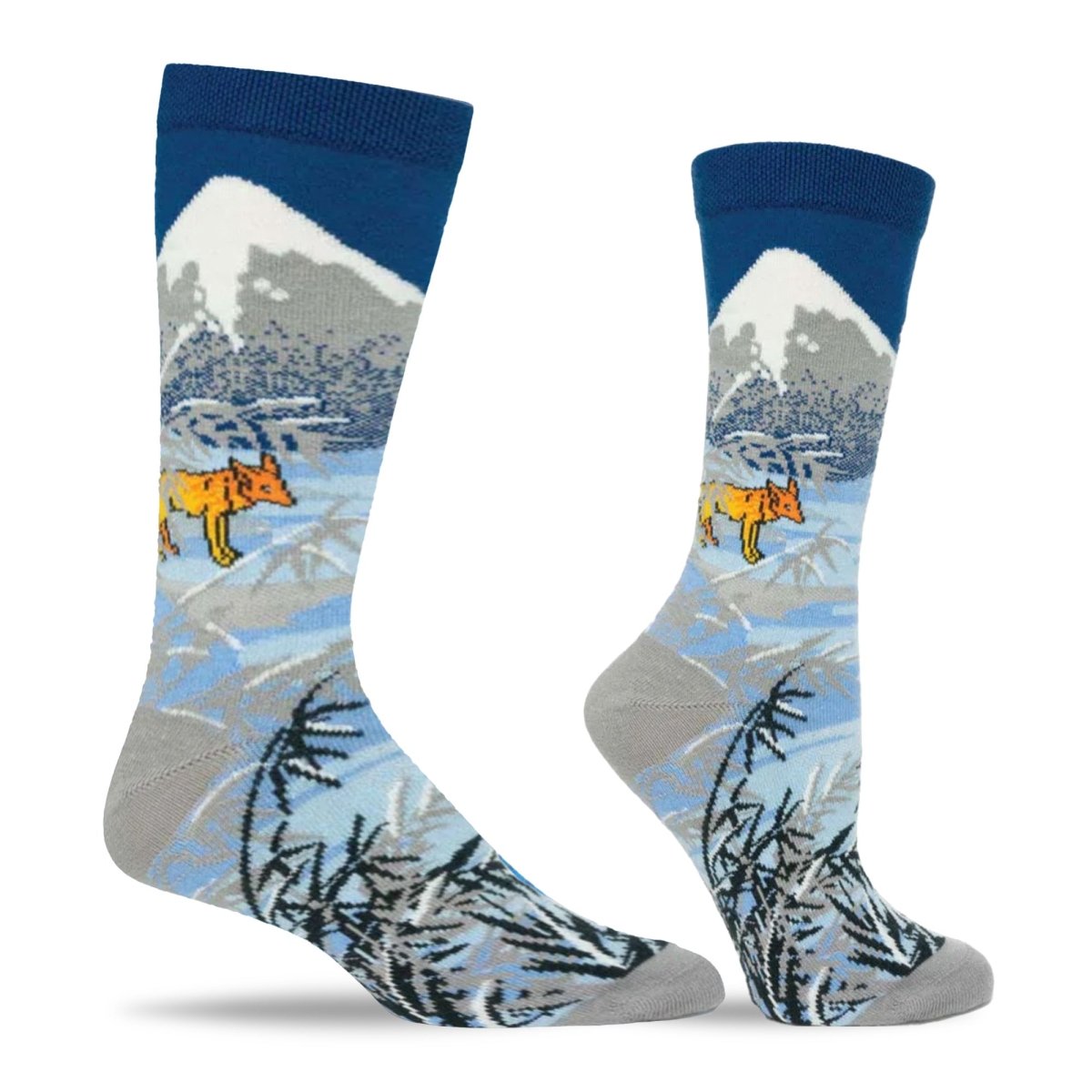Behind the Designs: The Endangered Species Collection
Endangered Species Collection
Ozone’s Endangered Species collection will certainly direct attention to your ensemble, but it’s also meant to direct attention to our animal inspiration. Each style paints a portrait of the species in its natural habitat, all of which are at risk of going extinct. Scroll through to learn some interesting facts about each species, and the environmental organizations and activist groups that work to preserve them.
Elephant
Our newest addition to the collection, this design is inspired by the Asian elephant that dwells primarily in India but also Sri Lanka, Indonesia and Nepal. Though slightly smaller in size and weight than its African counterpart, its cognitive abilities are thought to be in the same tier as apes. Much of their population’s decrease is due to human activity: many are killed for their tusks that are used in illegal ivory trading.

Snow Leopard
This big cat may be the most reclusive of our highlighted species, roaming rocky and mountainous areas of Central Asia up to 5,000 feet above sea level and camouflaging with their natural surroundings. For this reason, they are often referred to as “the ghost of the mountains”! Socialization happens mostly in mating season and within a litter: snow leopards are completely blind when they are born, and protected by their mothers for nearly two years before they are fully able to fend for themselves.

Tiger
Like the snow leopard, tigers are surprisingly reclusive and live largely solitary lives outside of challenging another for its domain or the occasional communal hunt. The biggest of the big cats, nature’s most skilled feline hunter is mostly in danger by those who hunt them. As human populations grew and continue to grow, tigers have been seen as a threat to citizens and domestic livestock, and are still poached upon by trophy hunters. They are seen as a symbol of strength and power in several cultures, one that we must work to keep alive.

Lion
Behind the lion’s ferocious roar is a surprisingly gentle and social creature. They typically live in groups called prides, averaging from about 10-15 cats but climbing as high as 40 in isolated cases. One or two males protect the pride from intruders, but it is actually the females who do most of the food gathering and hunting! The lion’s scarcity can be directly linked to human activity, with populations being cut in half since 1950. Several groups, however, are working to establish protected regions where these big cats are able to thrive once more.

Jaguar
Look for this ferocious feline in the swampland and tropical rainforests of Central and South America. They are far better swimmers than any of their big cat cousins and hunt both fish and mammals, but what they might be most known for is their talent with climbing and hiding in high places. It’s how they earned their namesake: the Native American word yaguar literally means “he who kills with one leap”. Populations of the jaguar have historically been fairly sustainable, though human deforestation in the Brazilian Amazon, its largest habitat, is increasingly problematic.

Several efforts to save these wildlife populations are being made by a number of organizations. The Wildlife Conservation Society and the World Wildlife Fund (WWF) are two of the most known and work with a wide range of species across the world. Panthera works exclusively with big cat conservation - with specific programs and initiatives for each species - and you can probably guess what the mission of the International Elephant Foundation is.
Let us know about organizations doing great work we might have missed in the comments!
~Ben LoPiccolo - Content Creator for Ozone Design




